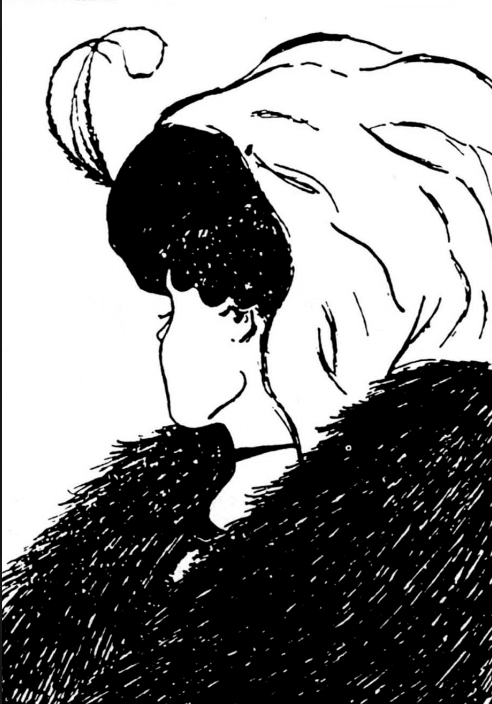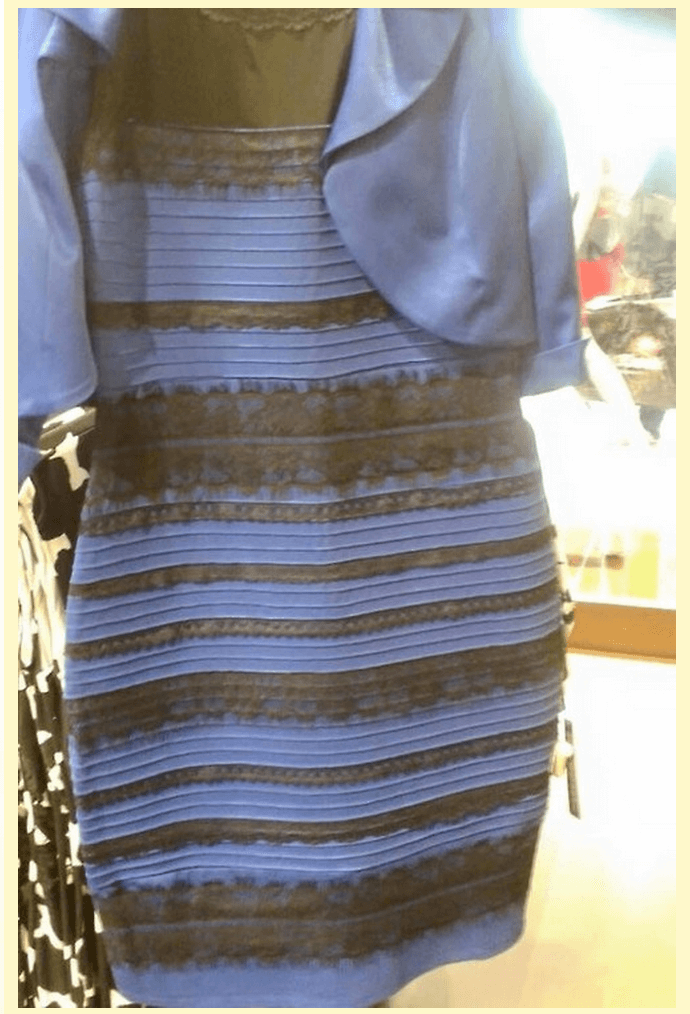READER POLL: Is the Way You Hear Yanny/Laurel Correlated to How You See the Dress?
Just so everything is in one place, let’s review. Here’s the audio. Do you hear “Yanny” or “Laurel”?
What do you hear?! Yanny or Laurel pic.twitter.com/jvHhCbMc8I
— Cloe Feldman (@CloeCouture) May 15, 2018
Here’s the dress. Is it gold and white, or blue and black?
Now here’s the poll. Does what you hear correlate with what you see? Let’s find out!
Some more links and discussion that might interest you about the “Yanny/Laurel” thing. The New York Times has a very fun tool that plays with the frequency with a slider. Move it to the left, and the frequency range associated with the “Laurel” sound comes to prominence. Move it to the right, and it sounds more like “Yanny.” This might help a lot of people hear what other folks are hearing.
You should get to the point where you can hear one or the other. My wife and daughter can switch back and forth between the two. I hear both at once, the way you can hear two notes in harmony at the same time.
Once you get to where you can hear one or the other, play with that slider. Move it far to one side and then gradually move it back toward the center. Find what they call “your Laurel/Yanny critical point” on the slider, where it changes from one to the other, or where you (if you can hear both, like me) you can first begin to detect one voice gaining prominence. This point changes for me, which is interesting.
Although it is possible to play with the frequency, get it out of your head that the difference between people who hear “Yanny” and those who hear “Laurel” all rests in the frequency at which the sound is broadcast, or the device on which it is played. My wife and I heard opposite things yesterday morning, listening to the same computer. I played it on my phone for two people and one heard “Laurel” and the other heard “Yanny” at the same time from the same device. If you are hearing “Laurel,” it’s not because you can’t hear high frequencies. This is not a dog whistle. “Yanny” can be heard at a conversational frequency that anybody with normal hearing can hear.
What is happening here is not a result of your hearing, but a result of your mind, and the way it interprets things. A lot of what is going on here is expectation. Your mind finds a way to interpret the sound, fixates on that way of interpreting it, and expects to hear the same sound the same way again. As an example of the way that expectation shapes what you hear, the Popular Science article I linked yesterday has a fun experiment that you should try if you haven’t already. Listen to this few seconds of staticky noise:
Now listen to this, which is nothing more than a cleaned-up version of the same audio:
Now listen to the staticky version again. (You may have to refresh the page to get it to come up again.) All of a sudden the words are clear, aren’t they?
As someone who has begun to meditate and explore the ways you can train your mind (thanks Sam Harris!), I believe that you could train your mind to hear “Laurel” and “Yanny” at will — and perhaps (like me) to hear both at once. We have more of a vocabulary for expressing the notion of listening to lower or higher frequencies. I think that if our society were more interested in training the mind to evaluate how it perceives things, we could develop skills and a common vocabulary for how to train the mind to switch between different ways of seeing things as well. Optical illusions would be less puzzling, and we could flip how we see the dress at will. Here’s some training you can do on your own. Most of you remember the classic “old woman/young woman” visual. Which do you see?

Now watch this video and train yourself to see both easily:
Mind training should be taught in elementary schools, but right now there is little interest and a lack of a common set of terms to describe the phenomena. I’m very interested in it, though, and any reader who has links to more interesting resources is encouraged to post them.
More about where this came from here. Make sure to answer the poll question before clicking the link, so the data are not skewed.
[Cross-posted at The Jury Talks Back.]



